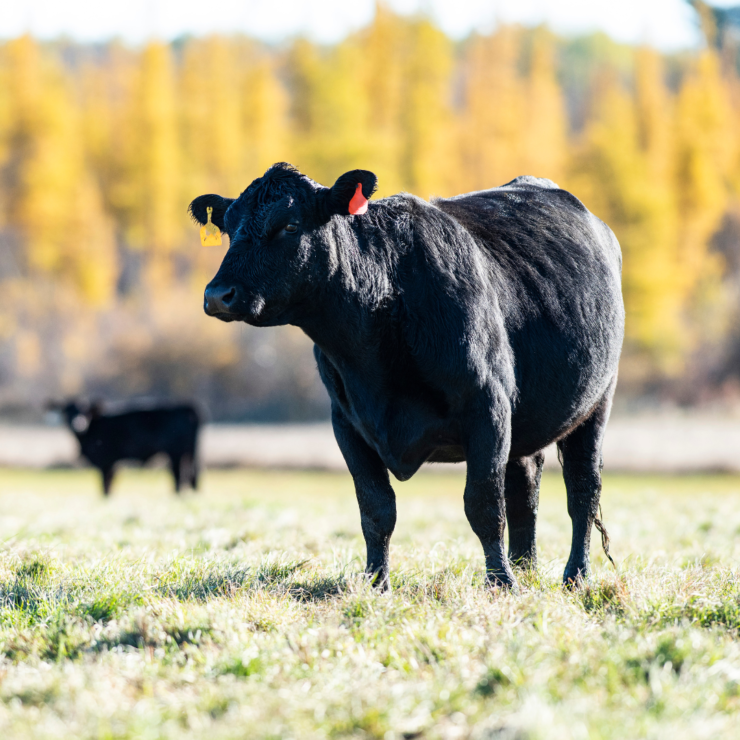 The True Cost of Cheap Minerals: Quality mineral supplements are an investment in the overall performance of your herd.
The True Cost of Cheap Minerals: Quality mineral supplements are an investment in the overall performance of your herd.
Balance and bioavailability
Balance is key when it comes to minerals; more is not always better when choosing a supplement. Minerals compete for absorption when digested in the small intestine. If cattle consume too much of one mineral, it could prevent absorption of other minerals, eliminating benefits to the animal and wasting the money you invested in a mineral supplement.
When selecting a mineral supplement, be sure to consider the ingredients’ bioavailability. Bioavailability refers to the percentage of mineral cattle can absorb or use. Some mineral supplements may contain sufficient levels of the required minerals, but not in a form capable of being utilized by cattle. In many situations, these ingredients are used because they are cheaper, even if they provide little or no nutrition to your herd. Generally speaking, organic minerals are more bioavailable and provide enhanced gut absorption
Not all minerals are created equal
With input costs rising, you may be looking for a lower-cost alternative to a complete mineral program by choosing a trace mineral block. While trace mineral blocks have a lower price tag than a complete mineral supplement, it’s important to be aware of the tradeoff you might be taking with this type of product.
First, trace mineral blocks don’t contain the macro minerals essential to cattle production, like phosphorus, potassium, calcium and magnesium. Additionally, trace mineral blocks are often virtually all salt. A block may be 96-99% salt, depending on the product. Due to the high salt content, cattle can’t consume enough of the block to meet their trace mineral requirements.
Aside from intake, trace mineral blocks tend to utilize less bioavailable ingredients to keep cost low. Meaning, not only is mineral content diluted by salt, but the form of the mineral is virtually unavailable for absorption, both of which can compromise animal performance.
Often, a simple snapshot of your herd doesn’t reveal how much a cheap mineral supplement can really cost you. Minerals are the precursors to cattle performance, facilitating every process in the body. High-quality mineral influences high-quality performance. Production traits such as fertility, disease resistance, feed intake and muscle development depend on proper minerals in cattle’s diet.
Get the most bang for your buck
Getting the most impact from your investment is a top priority for any cattle operation. One way to ensure your mineral supplement is working efficiently and effectively for your herd is to track consumption rates. We can walk you through how to track consumption in your herd. Most Purina® minerals are formulated for four ounces of consumption per cow per day.
Once you know consumption rate, you can help alter mineral intake levels by moving mineral feeders. When feeders sit close to areas where cattle spend most of their time, they can consume more than the target amount out of boredom. If cattle consume too much of a mineral supplement, move feeders away from water sources and loafing areas. If consumption is below target, move feeders closer to these areas, or provide additional feeders to allow more access for cattle.
The domino effect
Poor mineral nutrition can contribute to poor cattle performance. Mineral deficiencies can lead to a cascade of events such as more open cows, higher sickness rates, more spread-out calving season and lower weaning weights. If these conditions are allowed to domino and compound, they can lead to a loss of profit on your operation.
Talk to your us about what a complete mineral program should look like for your herd. Check out our cattle feeds by clicking here. Ask our knowledgeable staff about The True Cost of Cheap Minerals!
